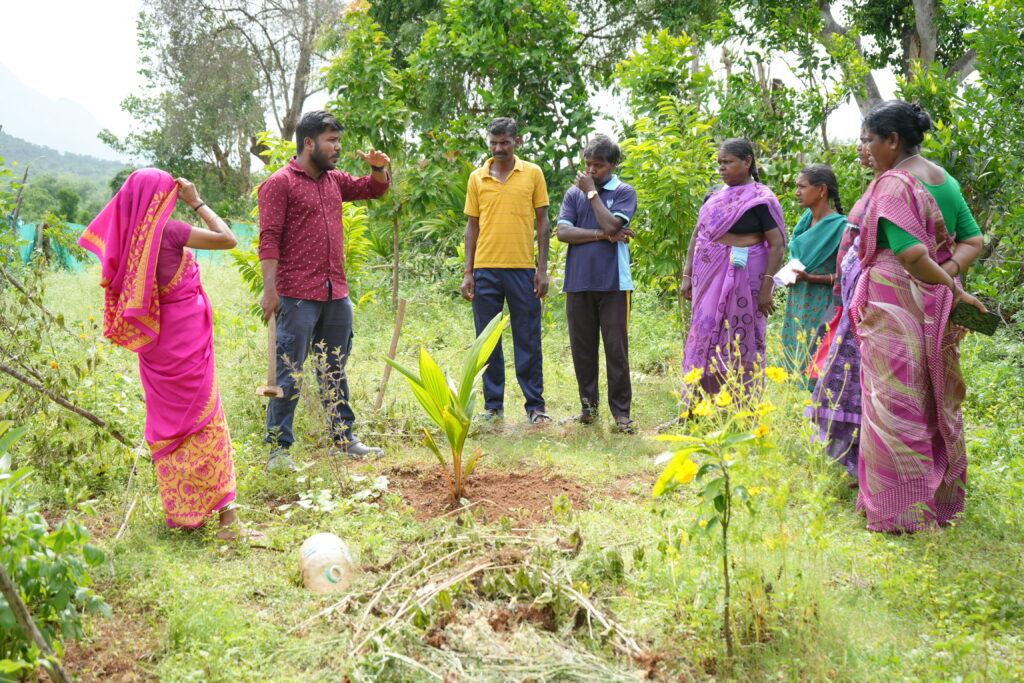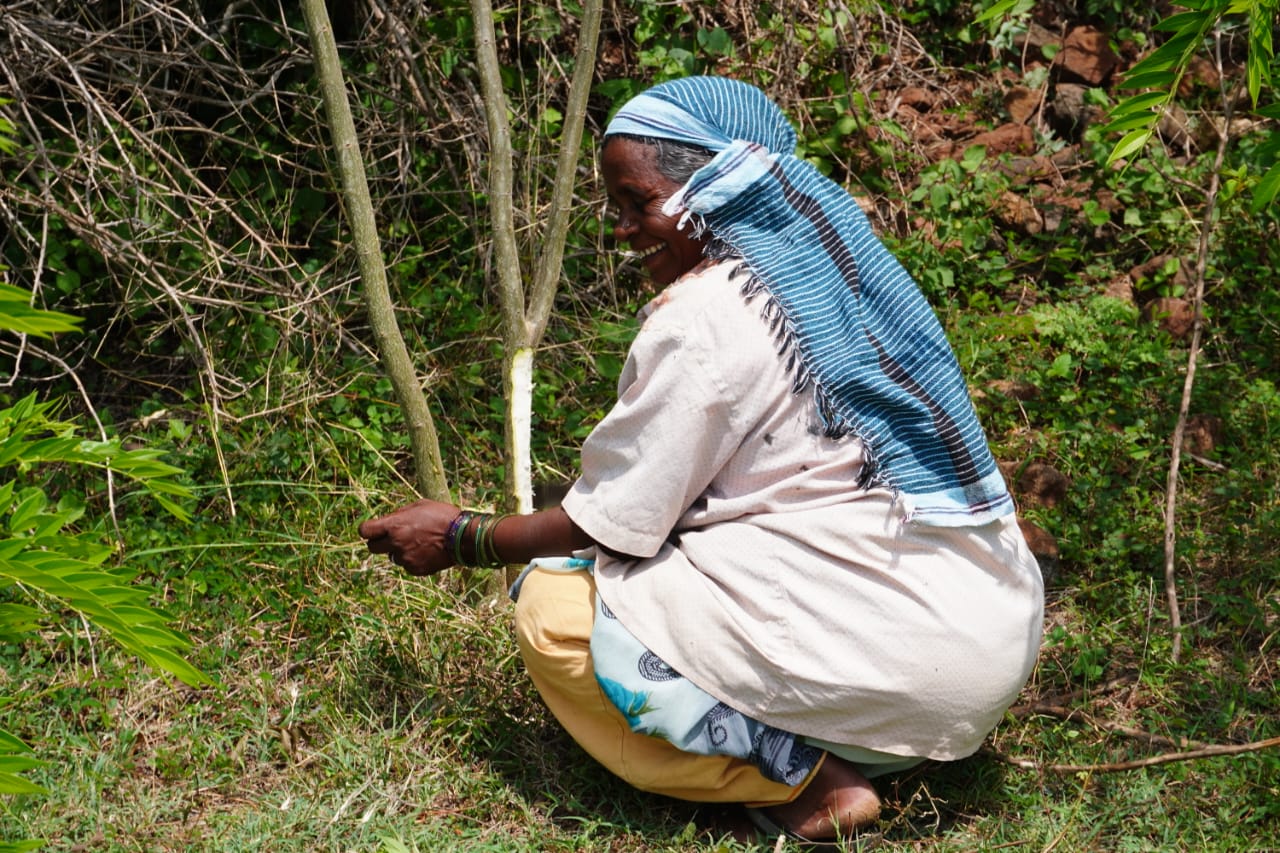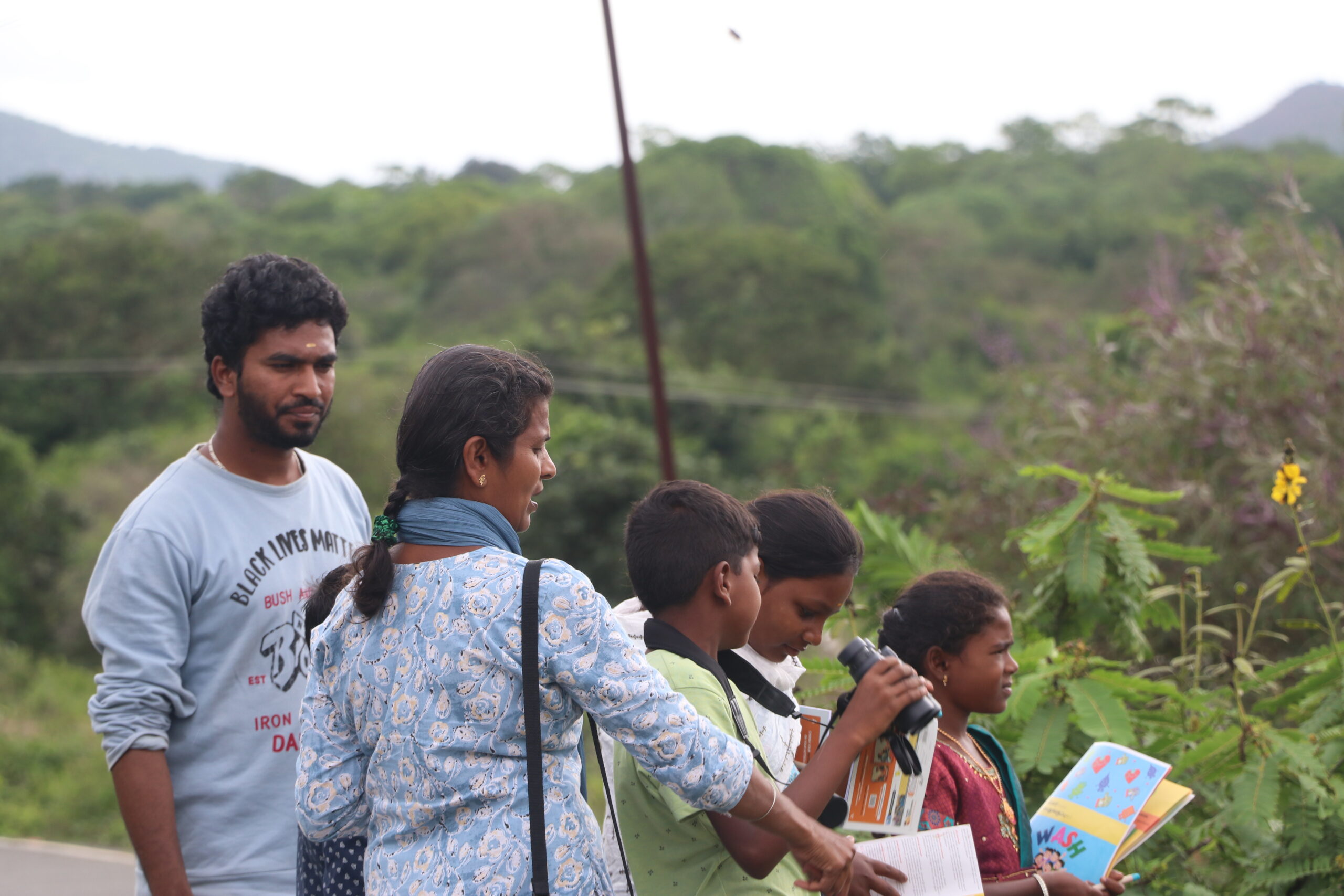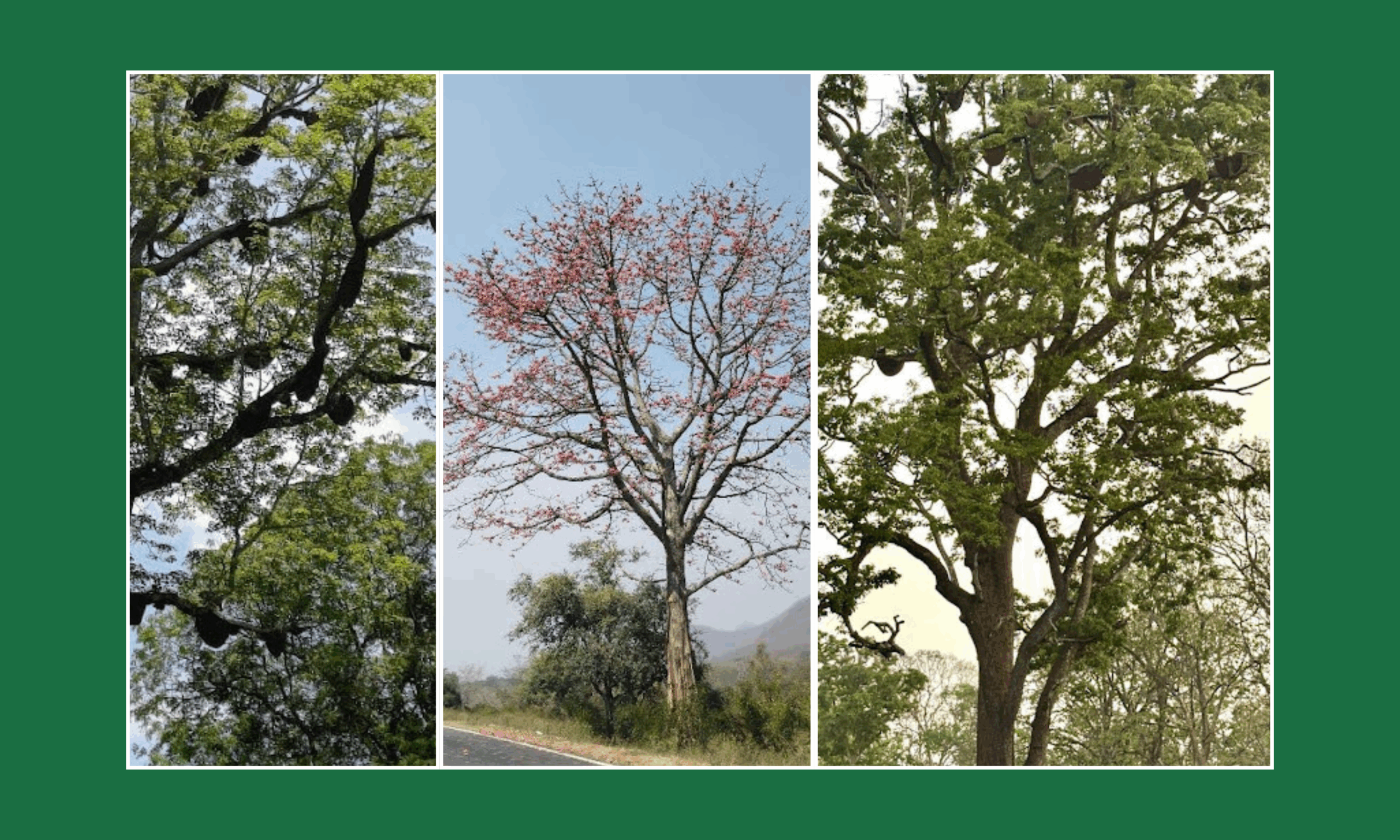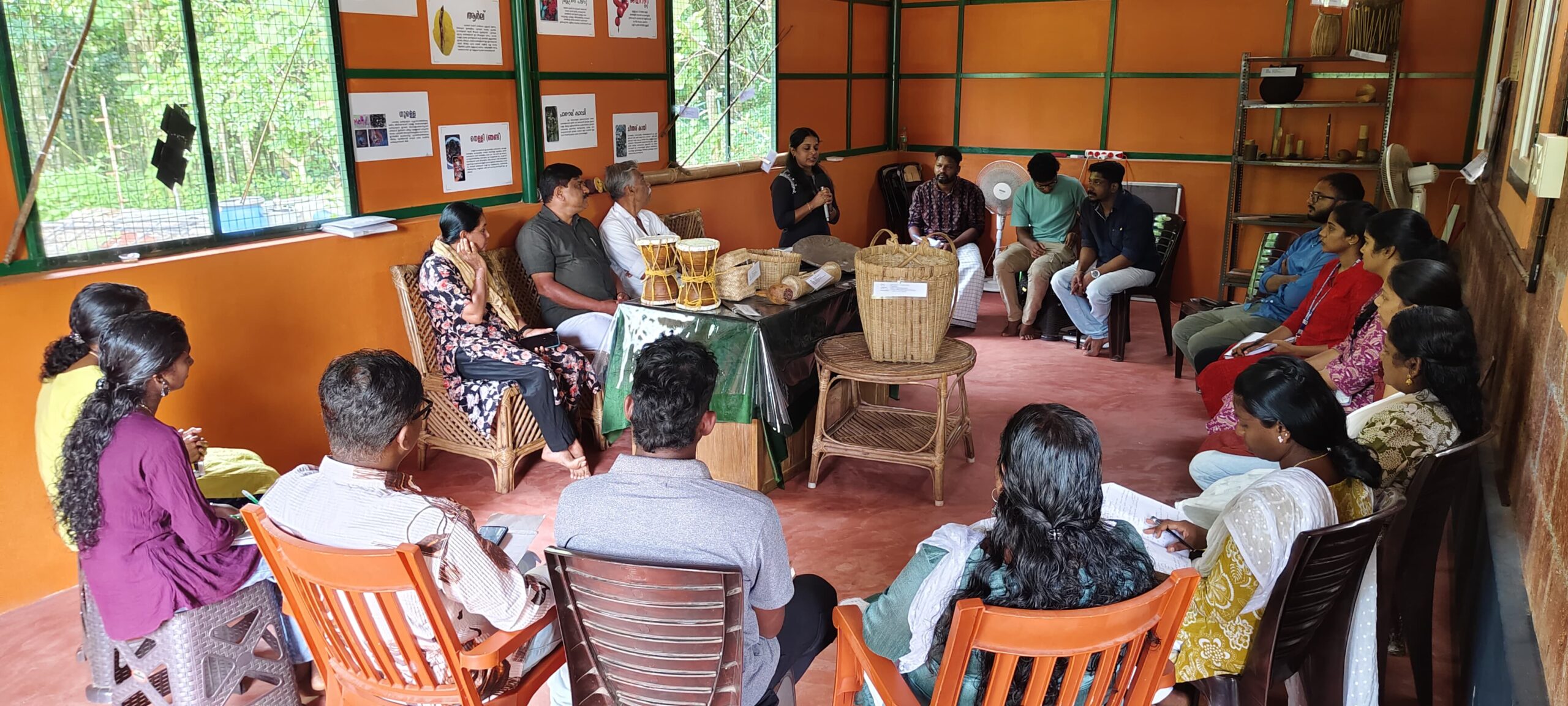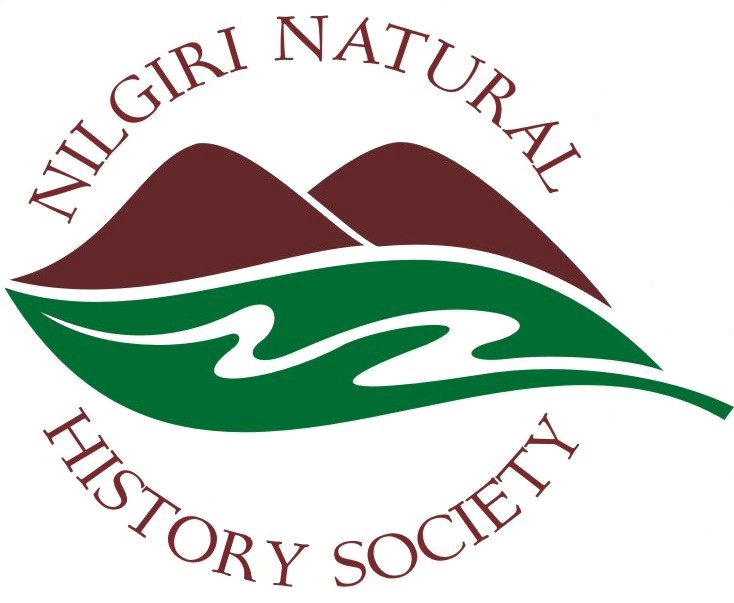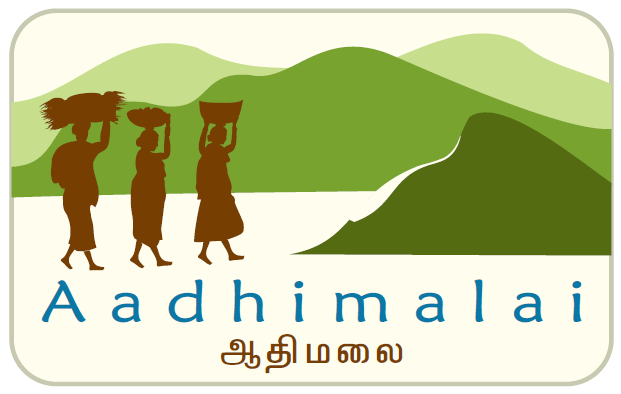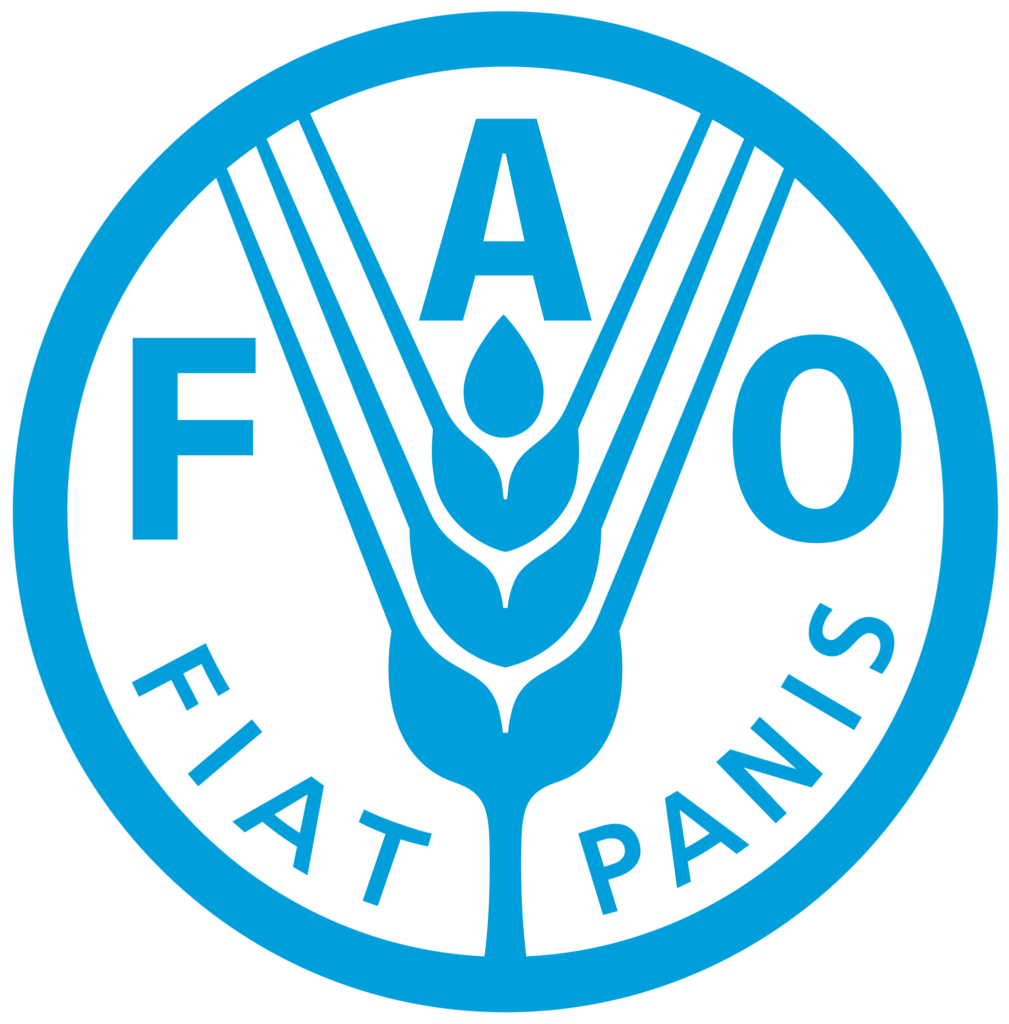By Reshma R., Climate Change, and Anokha Venugopal, Knowledge Hub
Analog forestry (AF) is one of the gender-just climate solutions that we have been implementing in Sigur for the last two years. Our program in Sigur consists of 10 AF promoters, mostly women and their families across 5 villages (Anaikatty, Chokkanahalli, Vazhaithottam, Chemanatham, and Boothanatham). On May 21st, we had a training on basic media documentation and soil sample collection. The documentation training was led by Anokha and Sneha from the Knowledge Hub’s Communication Team.
Sriram from Community Wellbeing facilitated a short hands on activity and discussion about soil testing and soil collection methods. The idea for this activity was to procure soil health cards from Government led agricultural extension centres.
8 promoters attended both these training sessions along with their family members. Their participation was quite motivating.
Documentation Training
Reshma
One of the principles in Analog Forestry is to “Observe and record”. Promoters have monitoring books where they record variables on soil, biodiversity, structure, and productivity in their plots. They fill the books once every three months, and take pictures and videos of their plots to see how it has changed. Participants really enjoyed the session, and they were fully involved in hands-on activity like taking videos and photos. They presented their videos and clicked pictures after the session enthusiastically.
Quoting one of the promoters, “I have been using my mobile to take videos and photos, but this training made me think before taking a picture and video, and I like the idea of taking pictures from the same point to determine the changes of my plot.”
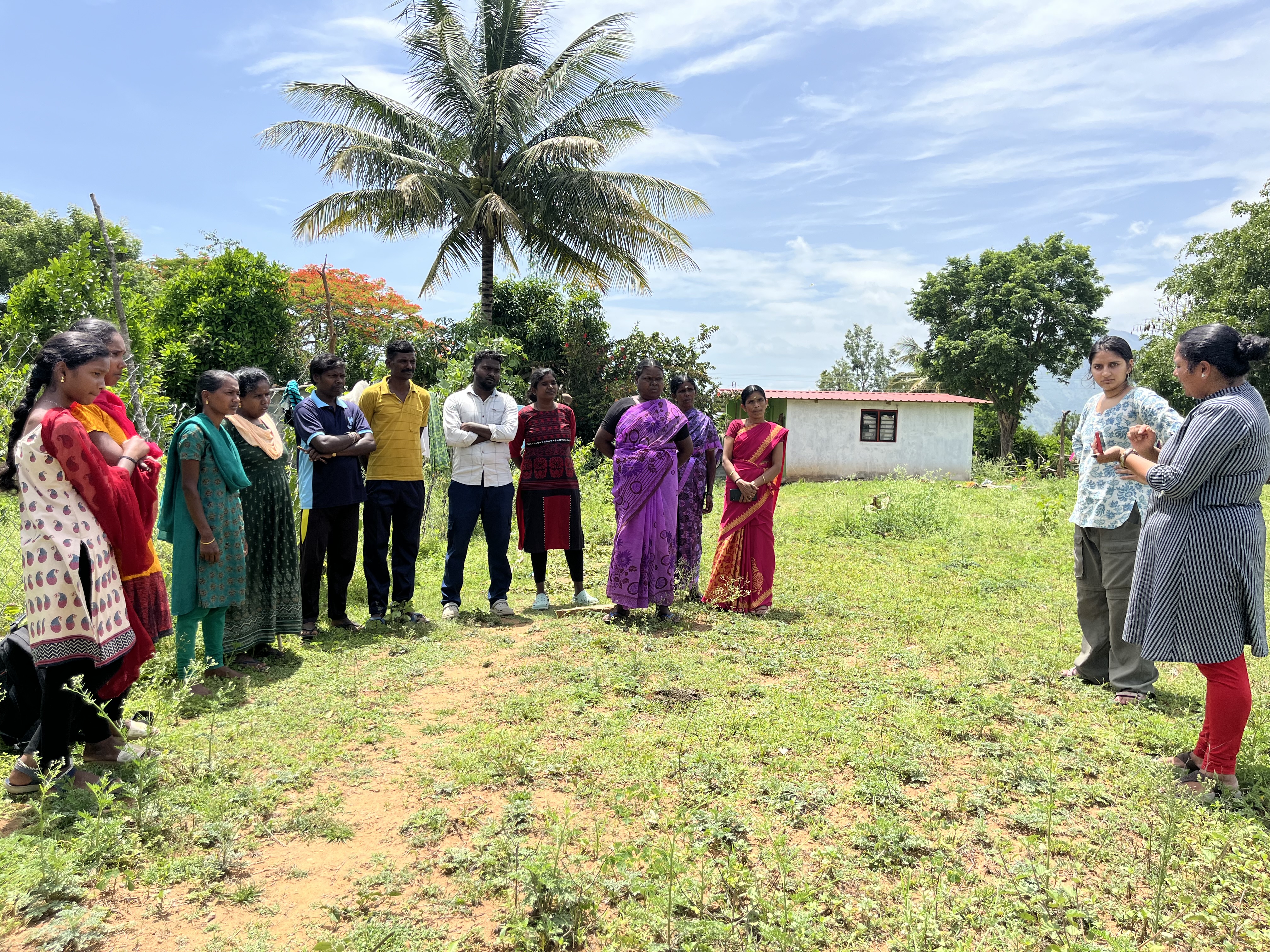
Anokha
On May 21st, we traveled to Sigur to provide a basic documentation training for Analog Forestry practitioners in the area. For Sneha and I, this was our first time providing documentation training as a team. The context for this training was also quite new, as we were specifically helping Analog Forestry promoters learn how to document plot growth and their own observations about their AF plots.
In the beginning, I personally felt a bit anxious in terms of how to impart documentation knowledge within this context. However, this shifted once we were actually able to practice these concepts within an analog forestry plot (which belongs to Prema). Rather than sit within the field center and talk about the proper way to hold your phone when documenting your plot, or how to track the growth of a specific fruit tree, it was much more gratifying and tangible to enact these tips within a real plot. Some of the tasks we assigned during the workshop were to:
- take still landscape clips from two different angles of the Analog Forestry plot
- take a clip where you narrate your observations about a specific plant within the plot
- take a clip of your partner talking about the plot, including climactic observations
- take multiple photos of a plant within the plot from different angles
Following this, we returned to the field center, where we displayed select clips from the groups’ activity and reviewed them on a projector screen. We encouraged participants to give feedback after each video and photo was displayed. One learning I observed among participants was how to properly document their plants to observe their growth: to take a photo from the same angle over time without a distracting background; and to have some sort of comparative item near the plant, which can give context for the growth over time.
Ultimately, I hope this workshop was a good learning experience for the promoters, and that they felt encouraged to document their plots not only for external purposes, but for themselves as well–I tried to emphasize this point repeatedly. It is a privilege to be able to see something that you planted grow, and to have a record of that.
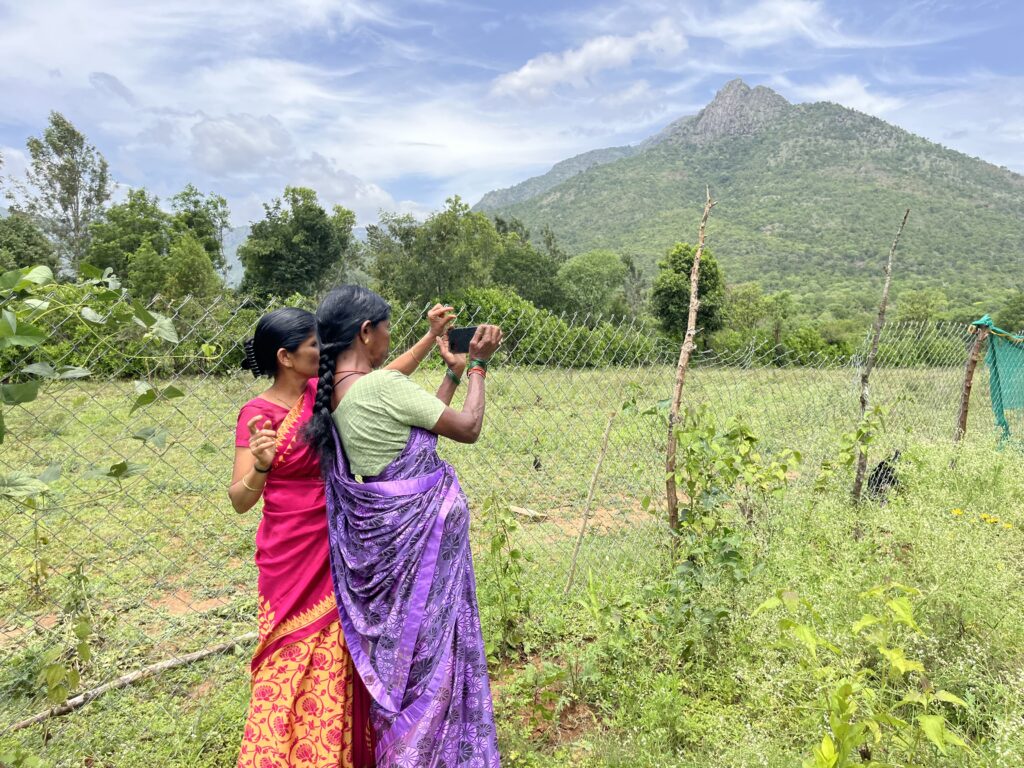
Soil Sample Collection
The training held on soil sample collection was also linked to another principle in AF: “Know your land”. Previously, promoters have received training related to soil to understand the nature of the soil using simple techniques like PH paper, Vinegar, and Baking soda tests This short training focused on soil minerals and soil sample collection for the soil’s health card. Sriram demonstrated how to collect a soil sample by cleaning the upper herbs and grass layer before collecting soil. He also showed how soil samples should be collected from four corners and centre of the plot, etc.
Quoting one of the promoters on the training, “We have done many training on soil, but this was something new. We would like to collect soil samples and to know about soil macro and micro nutrients like NPK and Iron, carbon, Boron, etc.”
